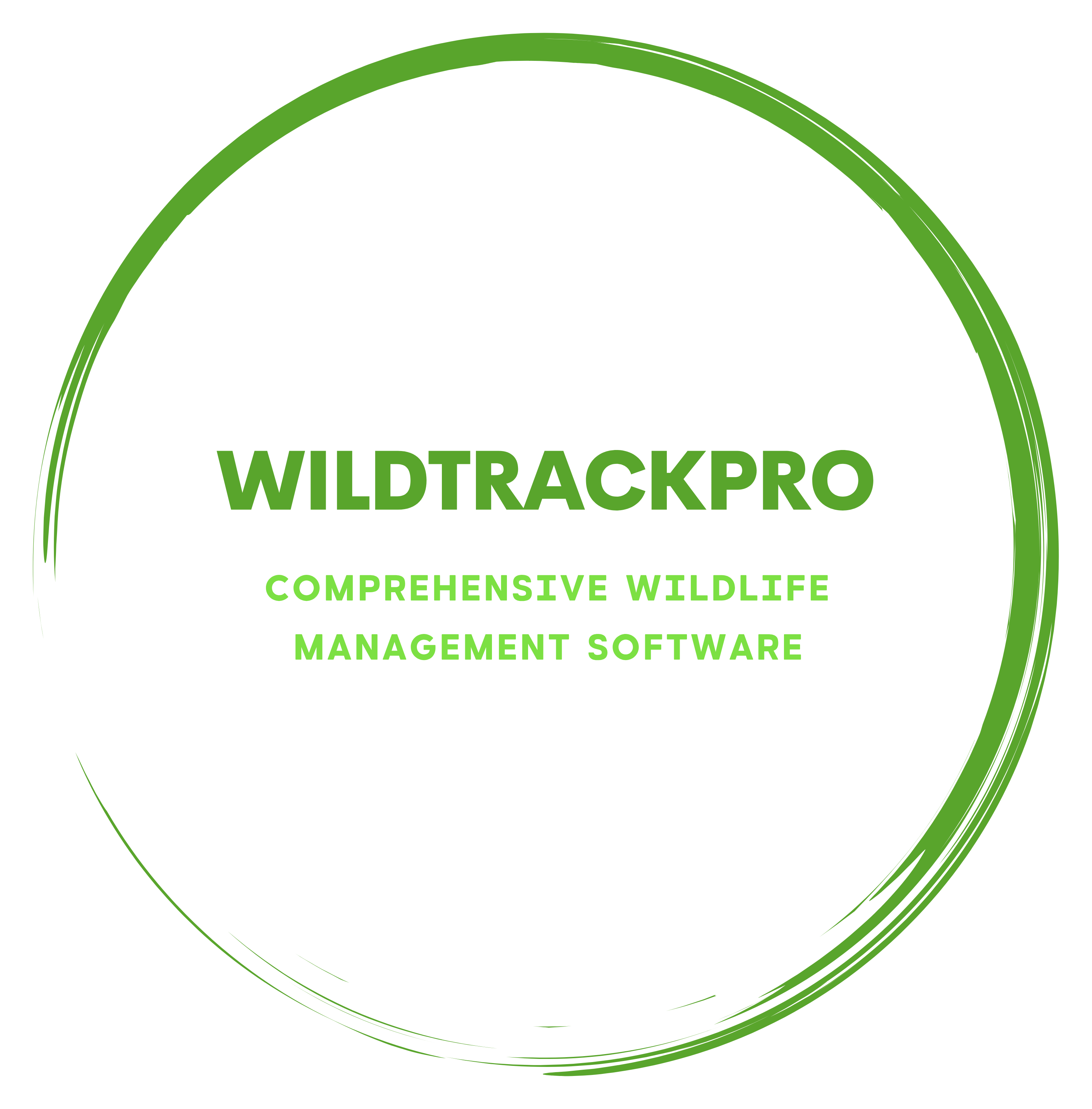by Philip Aunger @ 2024-02-28
Ensuring Food Safety: The Critical Role of Deer Carcass Inspections in the Human Food Chain
The growing awareness around eating locally sourced, organic, and natural food has brought game meat, specifically venison, into the spotlight. Known for its rich flavor, lean texture, and high protein content, deer meat is increasingly gaining popularity. However, this trend underscores the need for a stringent deer carcass inspection process to ensure the safety and quality of venison entering the human food chain.
The Core of the Matter
Deer carcass inspection is a thorough examination that scrutinizes the health of the deer, its living conditions, and potential exposure to diseases or parasites that could be detrimental to human health. This step is indispensable as deer can be potential carriers of zoonotic diseases (those that can be transmitted from animals to humans) such as Chronic Wasting Disease (CWD), Tuberculosis (TB), and Lyme disease, among others.
Mitigating Disease Transmission
The primary reason for conducting deer carcass inspections is to minimize the risk of disease transmission to humans. While most diseases in wild game cannot be transferred to humans, a few pose significant risks. CWD, for instance, is a prion disease that impairs the deer's nervous system and is related to Creutzfeldt-Jakob disease in humans, a severe and often fatal brain disorder.
Deer can also be carriers of bovine tuberculosis, a disease that can spread to humans through the consumption of contaminated raw or undercooked meat. Moreover, parasitic infections such as trichinellosis and toxoplasmosis pose potential risks associated with consuming infected deer meat.
Assuring Food Quality
Aside from disease prevention, deer carcass inspection also plays a vital role in maintaining the quality of venison. A healthy deer, residing in favorable conditions, will provide high-quality meat. Inspection helps determine if the animal was healthy at its time of death, its diet, the presence of any abnormalities like abscesses, growths or injuries, among others. All these factors considerably influence the taste, texture, and overall quality of the meat.
Legal and Ethical Implications
Deer carcass inspections also have legal and ethical dimensions. In many regions, regulations are in place to ensure game meat sold commercially is safe for consumption and has been sourced ethically.
The sale of uninspected game meat can lead to severe legal consequences and is ethically questionable since it jeopardizes consumer health.
Advocating Professional Inspection
While hunters usually have a good understanding of disease signs in deer, a professional inspection is always recommended. Veterinary professionals, trained meat inspectors or those with the Trained Hunter qualification have the necessary expertise to identify subtle signs of disease and confirm the meat is safe for consumption.
Legislation demands safe transport, handling, storage, and preparation of game meat which all prevent cross contamination, a crucial aspect for reducing the risk of foodborne illnesses or bacterial infection.
In Conclusion
Deer carcass inspection plays a pivotal role in the game meat industry. This essential procedure guarantees that the venison entering our food chain is healthy, high-quality, sourced responsibly giving consumer confidence. As consumers become more discerning about their food sources, the relevance of deer carcass inspection heightens, reinforcing the need for stringent and professional inspections to uphold a safe and wholesome human food chain.
